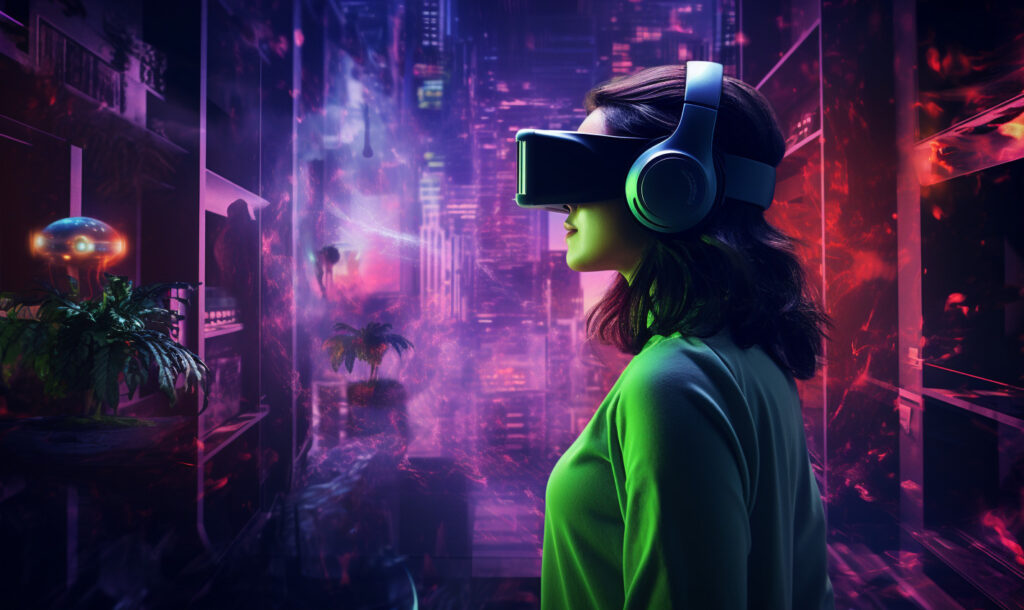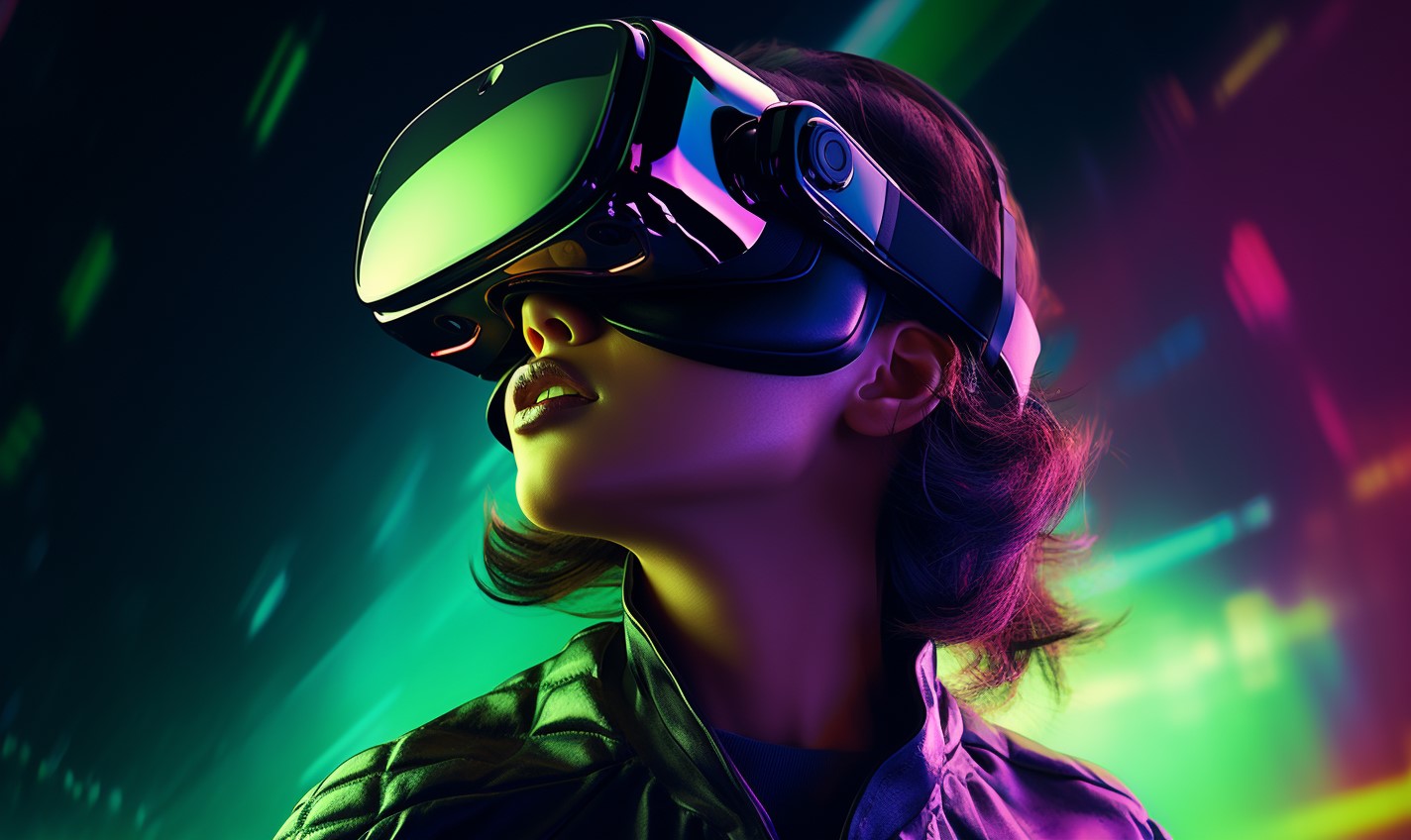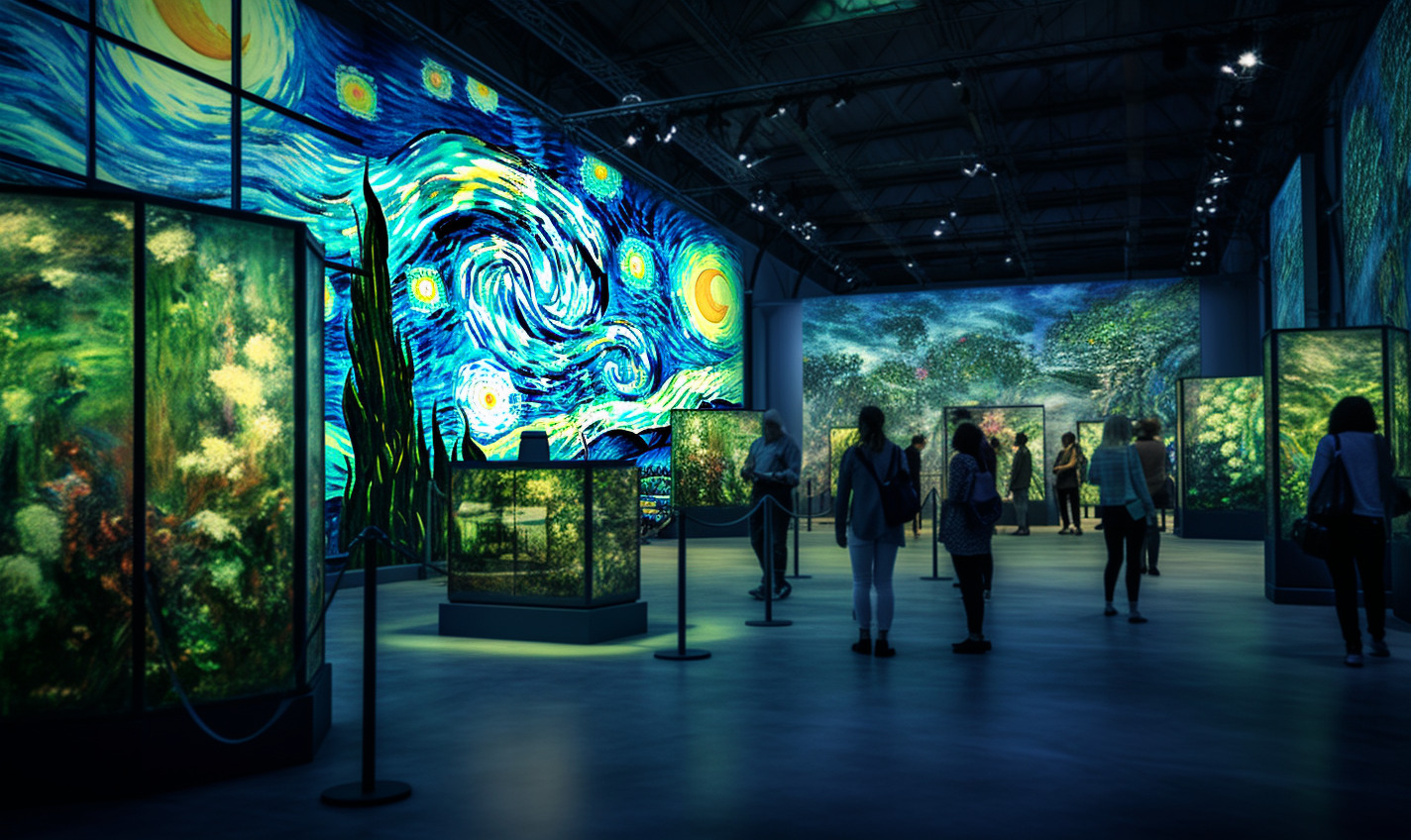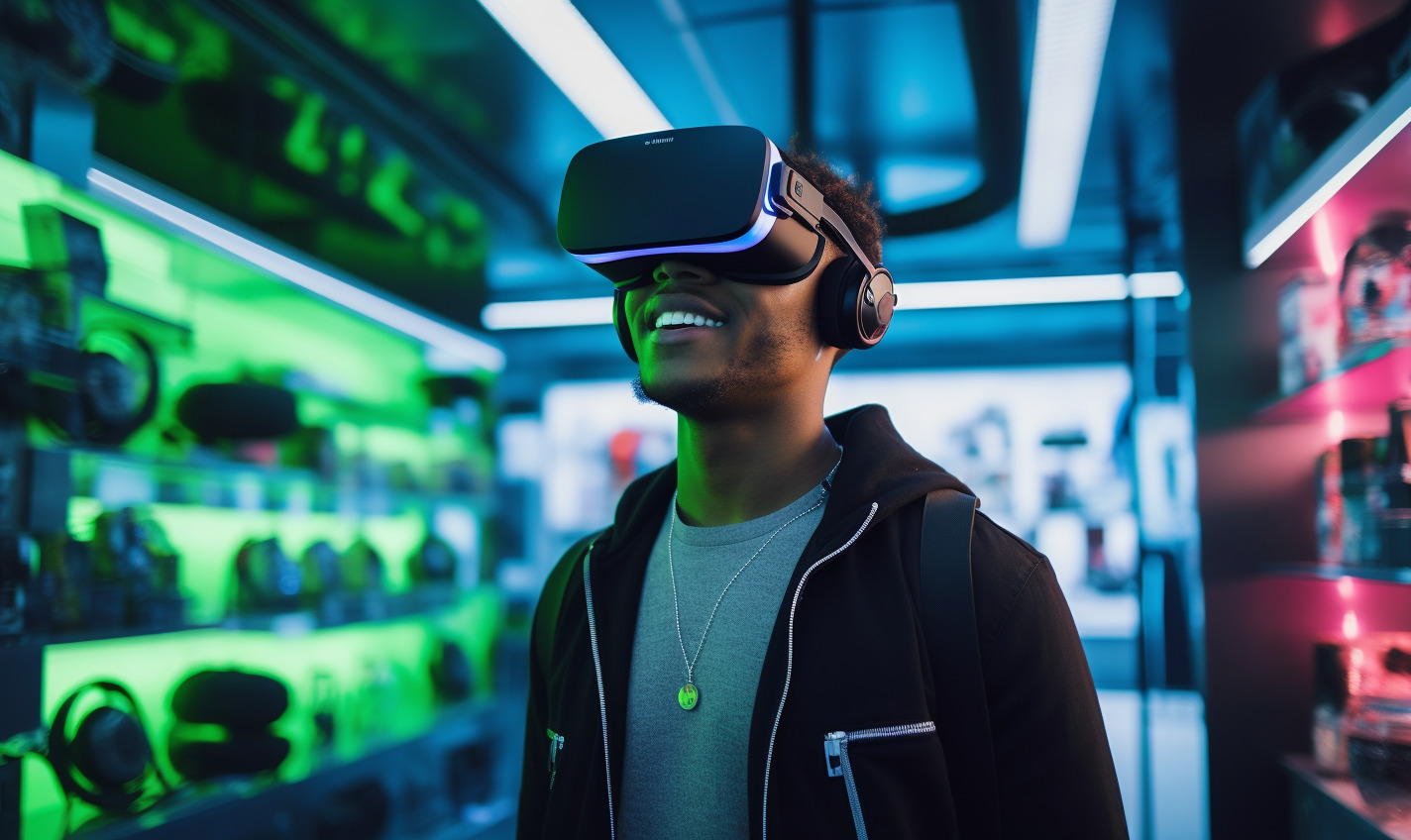Virtual reality, or VR, is pretty amazing. It can make you feel like you’re somewhere you’re not, experiencing something you’re not experiencing in the real world. Thanks to this exciting new technology, you can do anything from swimming with dolphins to flying a fighter jet in a virtual world that feels real. But what exactly is this technology? How does VR work?
What Is Virtual Reality?
VR refers to a computer-generated, three-dimensional environment that makes you feel like you are really in it, physically and mentally. A person should be able to explore and interact with this virtual world by performing actions or manipulating objects within it.
Typically, a VR environment will contain images that seem to be life-sized to the user. VR technology can also track a user’s motions and adjust the imagery in response.
How Does It Work?
So, how does VR work? Most VR devices come in the form of head-mounted displays or HMDs. These devices look something like goggles or glasses that strap to your head and cover your eyes so you can immerse in the virtual world.
Within the HMDs are screens that display the imagery of the virtual environment. Devices such as the Oculus Rift and HTC Vive send video from a computer or console through an HDMI cable to the headset. With Samsung Gear VR and Google Daydream, the video is displayed on the screen of the smartphone that you put into the headset.
Some HMDs have two feeds that go to one display, while others have one LCD for each eye. There are also lenses that sit between your eyes. With some headsets, you can adjust these lenses according to the distance between your eyes.
These various lenses adjust the imagery for each eye and angle the two 2D images to create a stereoscopic 3D image, mimicking how we see the real world.
To help make the environment immersive, VR headsets offer a field of view wider than a typical screen. Most HMDs offer a field of view of between 100 and 110 degrees. The headset also needs to have a minimum frame rate of approximately 60 frames per second. Most high-end HMDs go well beyond this.
VR headsets also have some sort of head-tracking technology so they can adjust the imagery according to your movements. Head-tracking systems use components such as accelerometers, gyroscopes and magnetometers and may also use an external camera. For movement based on head-tracking to be convincing, the system needs to have very low latency.
Some systems may also include headphones to increase the feeling of immersion. 3D audio technology can make sounds seem like they’re coming from behind the user or from one side.
Increasingly, VR devices include sensing of hand movements. They may include a controller that has position and motion sensors and may also have several buttons. You can use this controller to interact with the virtual environment. Another way of accomplishing this is the data glove, a glove with sensors attached that can detect hand and finger movements.
VR companies are also working on new technologies such as more advanced motion tracking and eye tracking.
How Do People Use It?
So, how are people using this technology? In a lot of different ways! Some of the most publicized uses so far have been in entertainment. VR video games and films have gained considerable popularity, and companies bet the market for them will continue to grow. Samsung, for example, has launched a VR film studio.
There are also plenty of applications for VR beyond entertainment. It has a lot of potential in education. VR can be used for training for everything from performing complex medical procedures to flying a jet. Architects and designers can use it to build and explore virtual models of buildings. It also helps people overcome fears and phobias through virtual exposure therapy. As VR technology becomes more ubiquitous, the potential uses continue to grow.
The technologies that enable virtual reality are already quite impressive, and they continue to advance every day. As they do, we’ll see more uses and improved functionality come to light.
Recent Stories
Follow Us On
Get the latest tech stories and news in seconds!
Sign up for our newsletter below to receive updates about technology trends














